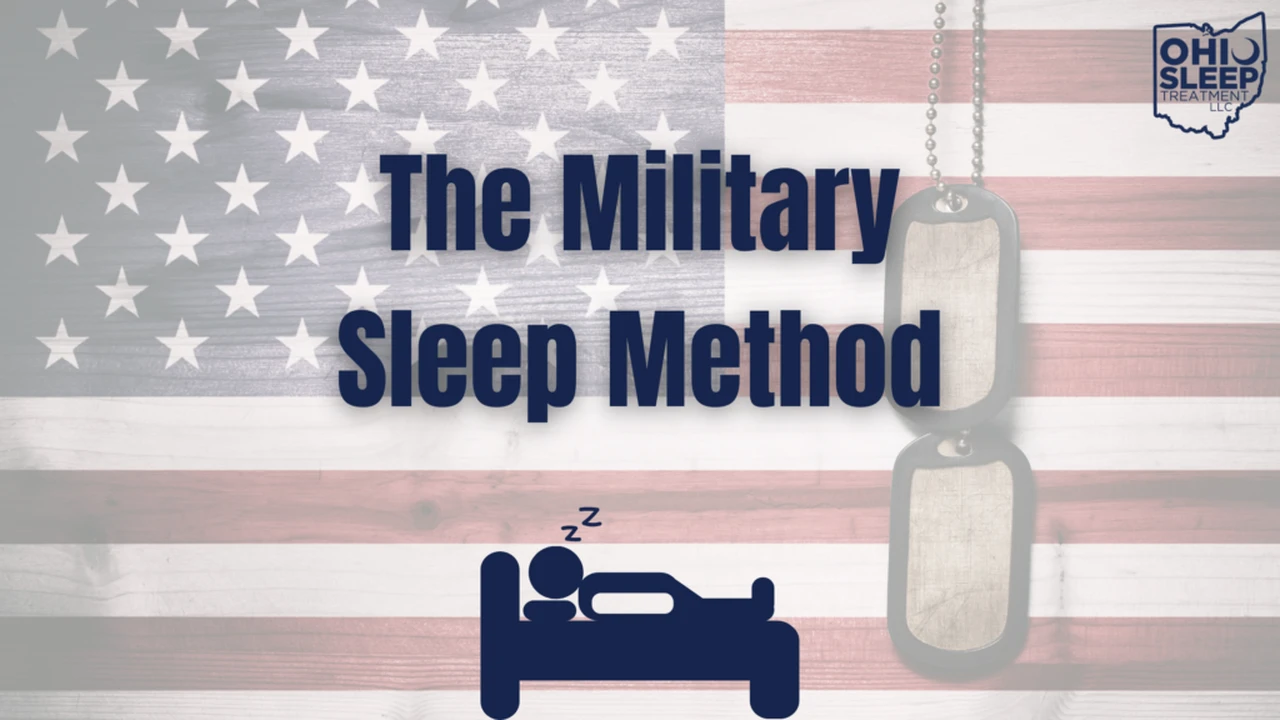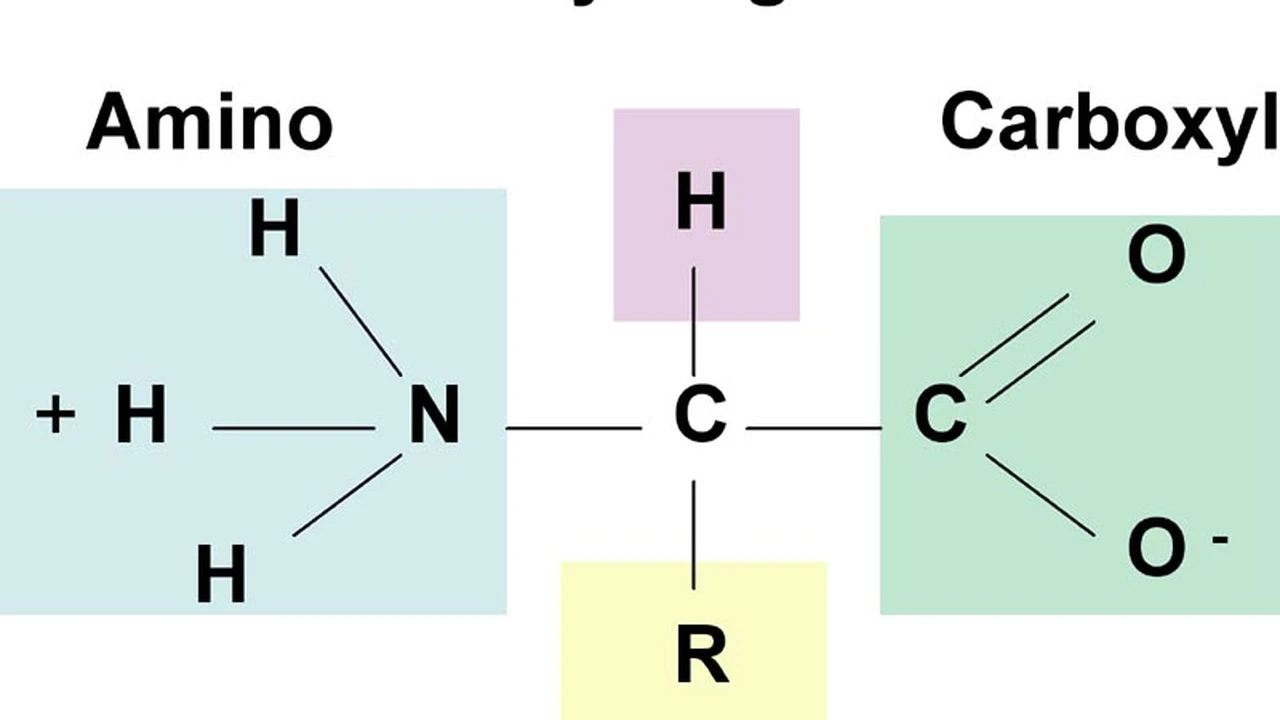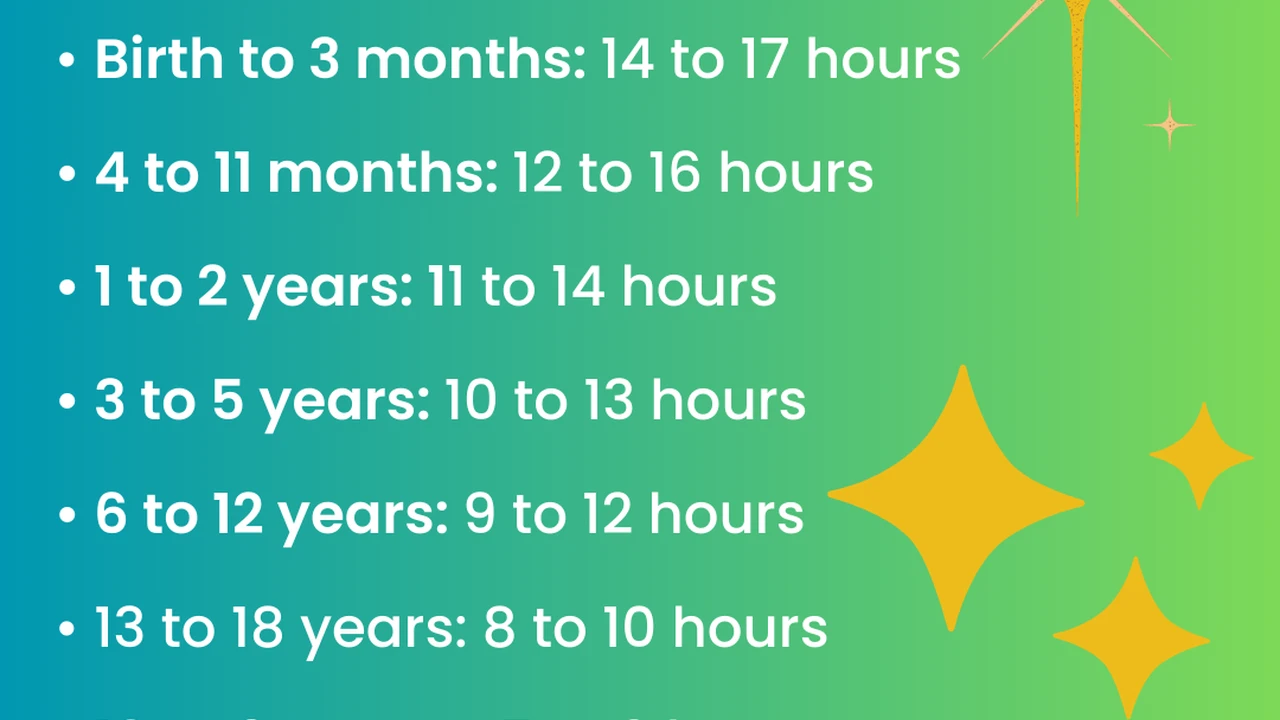Napping Guide: Benefits, Risks, and Best Practices

Sample meta description.
Understanding the Power Nap What is it and Why Should You Care
Okay, let's talk naps. Not the kind you took in kindergarten that you probably fought tooth and nail. We're talking about strategic, adult naps. A power nap, as it's often called, is a short period of sleep, typically lasting 20-30 minutes, intended to rejuvenate you. Think of it as a quick software reboot for your brain and body. Why should you care? Because a well-timed nap can boost alertness, improve mood, enhance performance, and even sharpen your memory. Who wouldn't want that?
The Science Behind Napping Nap Length and Sleep Stages Explained
There's actually some interesting science behind why naps work. When you sleep, you cycle through different stages of sleep. A short nap, around 20 minutes, primarily keeps you in the lighter stages of sleep (stage 1 and stage 2). These stages are enough to provide a refreshing boost without leaving you feeling groggy. Longer naps, exceeding 30 minutes, can push you into deeper sleep stages (stage 3 and stage 4, also known as slow-wave sleep). While deep sleep is essential for overall health, waking up from it can leave you feeling disoriented and sluggish – a phenomenon known as sleep inertia. That's why timing is key. We'll get into the ideal nap length in a bit.
Benefits of Napping Improved Alertness Mood and Cognitive Function
The list of benefits is pretty impressive. First and foremost, naps are fantastic for improving alertness. Feeling that afternoon slump? A quick nap can often be more effective than a cup of coffee. Speaking of mood, naps can help regulate your emotions and reduce feelings of stress and frustration. And if you're looking to boost your cognitive function, naps can sharpen your focus, improve your memory, and even enhance your creativity. Basically, naps are like a cheat code for productivity.
Potential Risks and Drawbacks of Napping Sleep Inertia and Nighttime Sleep Disruption
Okay, naps aren't always sunshine and rainbows. One of the biggest risks is sleep inertia, that groggy feeling you get when you wake up from a longer nap. This can actually impair your performance for a short period of time. Another potential drawback is that naps can sometimes disrupt your nighttime sleep, especially if you're already struggling with insomnia or other sleep disorders. Timing is crucial to avoid these issues. If you struggle to fall asleep at night, experiment with shorter naps earlier in the day.
Best Practices for Napping Creating the Ideal Napping Environment and Timing
So, how do you nap like a pro? First, create a relaxing environment. Find a quiet, dark, and cool place where you won't be disturbed. Consider using a sleep mask or earplugs to block out light and noise. Next, timing is everything. Aim for a 20-30 minute nap to avoid sleep inertia. The best time to nap is usually in the early afternoon, between 1 PM and 3 PM, when you naturally experience a dip in energy levels. Finally, don't nap too close to bedtime, as this can interfere with your nighttime sleep. Experiment to find what works best for you.
Napping Products and Accessories for Better Sleep Quality Sleep Masks Earplugs and White Noise Machines
Alright, let's get into some gear that can help you optimize your nap game. A good sleep mask is essential for blocking out light, especially if you're napping during the day. Earplugs can help minimize noise distractions. And a white noise machine can create a soothing and consistent sound environment. Here are a few specific recommendations:
Sleep Masks Product Recommendations and Comparison
Manta Sleep Mask: This mask is a popular choice because it's fully adjustable and customizable. The eye cups are designed to block out 100% of light without putting pressure on your eyelids. It's a bit pricier, around $35, but many users find it worth the investment. Best for sensitive eyes and those who need complete darkness. You can find it on the Manta Sleep website. Alaska Bear Natural Silk Sleep Mask: This mask is made from soft, natural silk, which is gentle on the skin. It's lightweight and comfortable, making it a good option for travel. It's also more affordable, typically around $10-15. Great for travel and general use. Available on Amazon. Jersey Slumber 100% Silk Sleep Mask: Similar to the Alaska Bear mask, this one is also silk and affordable. However, it tends to slip off more easily, making it less suitable for restless sleepers. Typically around $12. Available on Amazon.
Earplugs Product Recommendations and Comparison
Mack's Ultra Soft Foam Earplugs: These are a classic choice for blocking out noise. They're inexpensive and effective, with a noise reduction rating (NRR) of 33 decibels. They're great for blocking out snoring, traffic noise, and other distractions. A pack of 50 pairs costs around $10. Perfect for blocking out loud noises. Available at most drugstores and on Amazon. Hearos Xtreme Protection Series Earplugs: These earplugs offer even greater noise reduction, with an NRR of 32 decibels. They are a bit firmer than Mack's, some users prefer this. Expect to pay around $12 for a pack of 14. Suitable for extremely noisy environments. Available on Amazon. Loop Earplugs: These are designed to filter noise rather than block it completely. They reduce the volume of sounds without muffling them. This can be helpful if you need to be aware of your surroundings but still want to reduce noise levels. They are more expensive, around $35-$40 per pair. Ideal for light sleepers who need to hear alarms or conversations. Available on the Loop website.
White Noise Machines Product Recommendations and Comparison
LectroFan Classic White Noise Sound Machine: This is a highly-rated white noise machine that offers a variety of different sound options, including white noise, pink noise, and brown noise. It's also relatively compact and portable. It costs around $50. Best for a wide range of noise masking options. Available on Amazon. Dohm Classic White Noise Machine: This is a simple and effective white noise machine that uses a fan to generate a consistent and soothing sound. It's been around for decades and is known for its durability. It's also priced around $50. Good for creating a consistent and natural sound. Available on Amazon. Hatch Rest+ Baby Sound Machine: While marketed for babies, this machine is equally effective for adults. It offers a variety of sounds and colors and can be controlled via a smartphone app. It also has a built-in night light. It's pricier, around $90. Suitable for those who want a versatile and customizable sound machine. Available on the Hatch website.
Napping for Different Scenarios Travel Work and Stress Relief
Napping isn't a one-size-fits-all solution. The ideal approach varies depending on the situation. When traveling, naps can help combat jet lag and fatigue. At work, a short nap can boost productivity and alertness. And when you're feeling stressed, a nap can help you relax and recharge. Adapt your napping strategy to fit your specific needs.
Napping While Traveling Combating Jet Lag and Fatigue
Travel can be incredibly taxing on your body's natural sleep cycle. Naps can be a lifesaver when you're dealing with jet lag or simply feeling exhausted from long flights or car rides. Try to take a short nap (20-30 minutes) upon arrival at your destination to help your body adjust to the new time zone. Avoid long naps during the day, as this can disrupt your nighttime sleep. Use a travel pillow and sleep mask to create a comfortable and dark environment, even on a plane or train.
Napping at Work Boosting Productivity and Alertness
If your workplace allows it, a short nap can be a game-changer for your productivity and alertness. Find a quiet and private space, such as a break room or even your car. Set an alarm for 20-30 minutes to avoid oversleeping. Consider using a sleep mask and earplugs to block out distractions. A quick nap can help you power through the afternoon slump and stay focused on your tasks.
Napping for Stress Relief Relaxing and Recharging
When you're feeling overwhelmed or stressed, a nap can be a great way to relax and recharge. Find a comfortable and quiet place where you won't be disturbed. Practice some relaxation techniques, such as deep breathing or meditation, before you drift off to sleep. A short nap can help you clear your mind and approach your problems with a fresh perspective. Don't feel guilty about taking a break – it's an investment in your well-being.
Common Napping Myths Debunked Napping is Only for the Lazy and Naps Disrupt Nighttime Sleep
Let's bust some common napping myths. First, napping isn't just for the lazy. It's a scientifically proven way to improve alertness, mood, and cognitive function. When done correctly, naps can actually enhance your productivity and overall well-being. Second, naps don't necessarily disrupt nighttime sleep. Short naps (20-30 minutes) are unlikely to interfere with your ability to fall asleep at night. In fact, a well-timed nap can actually improve your sleep quality by reducing stress and fatigue.
Finding Your Ideal Napping Schedule Experimenting and Adjusting to Your Body's Needs
The best napping schedule is the one that works best for you. Experiment with different nap lengths and times to find what makes you feel the most refreshed and energized. Pay attention to your body's natural sleep patterns and try to nap when you naturally experience a dip in energy levels. Don't be afraid to adjust your schedule as needed. Napping is a personal journey, so find what works best for your individual needs and lifestyle.
:max_bytes(150000):strip_icc()/277019-baked-pork-chops-with-cream-of-mushroom-soup-DDMFS-beauty-4x3-BG-7505-5762b731cf30447d9cbbbbbf387beafa.jpg)






